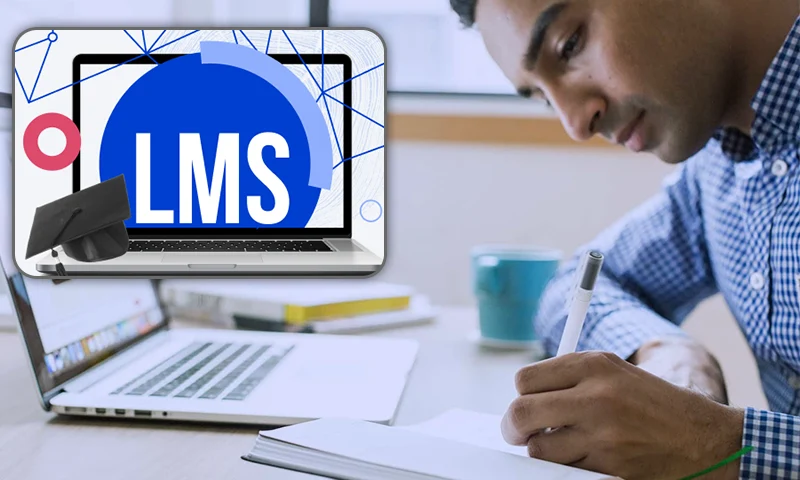Why COVID-19 is the Most Important Impetus for the Development of Telemedicine?
COVID-19 has severely affected the global health system and caused immense pressure on people’s psychological and physical health. Due to the outbreak, over 200 countries have experienced a shortage of medical equipment and personnel.
Due to the significance of preventing the spread of the SARS-CoV-2 virus, countries have been implementing various measures to limit the effects of the disease, such as social distancing. Also, each telemedicine development service is required to accommodate the needs of their patients.
Although telemedicine has not been widely adopted in some countries, it could still support the development of effective and efficient healthcare delivery systems. It involves using various electronic communication methods, such as the internet, radio broadcasting, and computer networks.
What Exactly is Telemedicine?
Telemedicine is the remote delivery of clinical services via real-time video and audio interaction between the patient and the medical provider. As the name implies, it commonly happens over the phone, where the patient does not have to see the Physician in person and seeks the healthcare’s advice.
Since we live in a digital age, telemedicine has advanced, and now the internet provides speedy consultations via video conversation. Telemedicine does not replace the need for in-person consultations; it supplements them.
Why is COVID-19 the Most Significant Driver of Telemedicine Development?
Telemedicine evolved into assisting in remote, particularly inaccessible areas, with a primary focus on improving the treatment of chronic diseases, typically in emergencies. It can help with any condition that does not require a physical exam or laboratory tests. Telemedicine provides ongoing care, such as dermatology, psychotherapy, cardiology, etc.
Telemedicine was not only used to seek physicians’ advice or provide medical home-based management services. It is also an essential service in monitoring Coronavirus diseases during the pandemic.
Since COVID-19 is an infectious disease that spreads from person to person, the infected individual is isolated and monitored. It is where telemedicine is widely used and serves a much more critical purpose during the various stages of infection.
So, why is COVID-19 so vital to the growth of telemedicine? Here are the reasons why:
- Given the required lockdown imposed by local governments, telemedicine assists outpatients in managing routine checkups that have been suspended via telephone or visual consultations.
- Telemedicine is helpful during emergency cases. Thus, the service adopted technology software for patient monitoring via phone calls, audio, video, and data review from electronic wearable technology to secure immediate treatment, consultations, and monitoring.
- When there is a suspicion of COVID infection-related symptoms, asymptomatic subjects who respond positively can also be followed up with sporadic phone, and online consultations—applying digital software such as geolocation tools made this efficient.
- Because the coronavirus spreads more easily indoors and in crowded areas, telemedicine employs digital methods. The doctor and patient communicate online with the help of a webcam and a secure patient portal that gives them access to a private electronic health record database.
6 Reasons Why Telehealth Has Become More Important Due to COVID-19
As the COVID-19 pandemic spreads, healthcare providers are taking advantage of telehealth to protect their staff and patients. According to a survey conducted by the Medical Group Association, over 90% of healthcare leaders have increased their telehealth access.
Virtual care has been instrumental in treating and screening COVID-19 cases. Still, it can also facilitate routine visits that would have been risky or complicated during a quarantine period. According to experts, the shift toward telehealth has allowed for the expansion of its offerings.
Telehealth Protects Patients and Medical Staff
Due to the growing demand for healthcare services and the risk of infection, telehealth has become a necessary tool for the healthcare system, says a scientist at the Mongan Institute.
According to them, many specialists and primary care clinicians are now using telehealth to replace traditional office visits. A survey conducted by Sykes revealed that the number of people willing to try telehealth has increased due to the pandemic.
Telehealth Enables the Workflow of Radiologists
Due to the emergence of COVID-19, many radiologists are now working from home, which is a major change in how they do their jobs. According to Diagnostic Imaging, these partnerships are becoming more common to serve international and rural patients.
According to a scientist at Saint Barnabas Medical Center, the pandemic may have prompted urban hospitals and practices to rethink their policies regarding the use of remote radiologists.
Telehealth Increases Access to Healthcare for Senior Living Communities
According to a study conducted by McKnight’s Senior Living division, telehealth can help improve the quality of life for older adults in their communities by reducing hospitalizations and increasing their convenience.
The CMS implemented the expansion in the upcoming months to allow all Medicare beneficiaries to receive telehealth services.
Those residing in healthcare settings and homes outside of rural areas will now be able to use the service for mental health screenings, office visits, and preventive healthcare services.
According to Kari Olson, the chief innovation officer of Front Porch, a senior living provider, expanding telehealth services benefits the company by allowing it to safeguard its clients, such as those over 65 years old.
Telehealth Increases the Chance of Conserve Supplies and Bed Space
Through telehealth, which allows low-risk patients to stay at home, hospitals have reduced the demand for hospital beds and supplies.
This technology can improve the efficiency and effectiveness of a healthcare delivery system by allowing clinicians to reach patients more easily. According to experts, the use of Apple iPad and Zoom devices allows them to limit exposure while still maintaining a conversation.
Telehealth Helps Support Specialties such as Psychiatry and Cardiology.
Due to the pandemic, specialists have been compelled to expand the use of telehealth for certain critical needs, such as cardiovascular care. This modality involves nurse-led consultations and virtual home visits.
COVID-19 Brings Telehealth to Care to Populations in Need
According to the AJC, the pandemic highlighted geographic, racial, and economic disparities that can prevent certain groups from accessing medical treatment. A rapid shift toward telehealth could help these groups access the needed services.
The program aims to help healthcare providers provide their patients with the necessary equipment and services. It will also help patients acquire the necessary connectivity at home.
This would empower the communities to maintain their existing healthcare facilities and clinics. They would no longer have to go to a different healthcare center.
Conclusion
Telemedicine is the best option for patients who cannot travel or prefer to remain at home. Patients should, however, carefully examine the credentials of the Physician who will provide their care.
In pandemic situations and today, the most crucial function of telemedicine is the safety and convenience it provides to patients and doctors by eliminating the need for a physical visit to receive medical advice or care and ensuring the doctor and patient’s health.
According to the researchers, this electronic health communication system has enabled healthcare professionals with minor infections to continue their regular practice while working remotely during the pandemic. Furthermore, it provides greater access to high-quality medical care and diagnosis.
Moreover, because of its significance, telemedicine embraces digital software to enhance its services. The use of internet technology in telemedicine has made audio and video calls accessible to a wide range of society, making it the best alternative to traditional settings, especially during COVID-19 and emergencies.
Additionally, the benefits of this software will be widely utilized in the future in complement to the existing emergency setting, with a stronger emphasis on managing chronic conditions.
Share
















